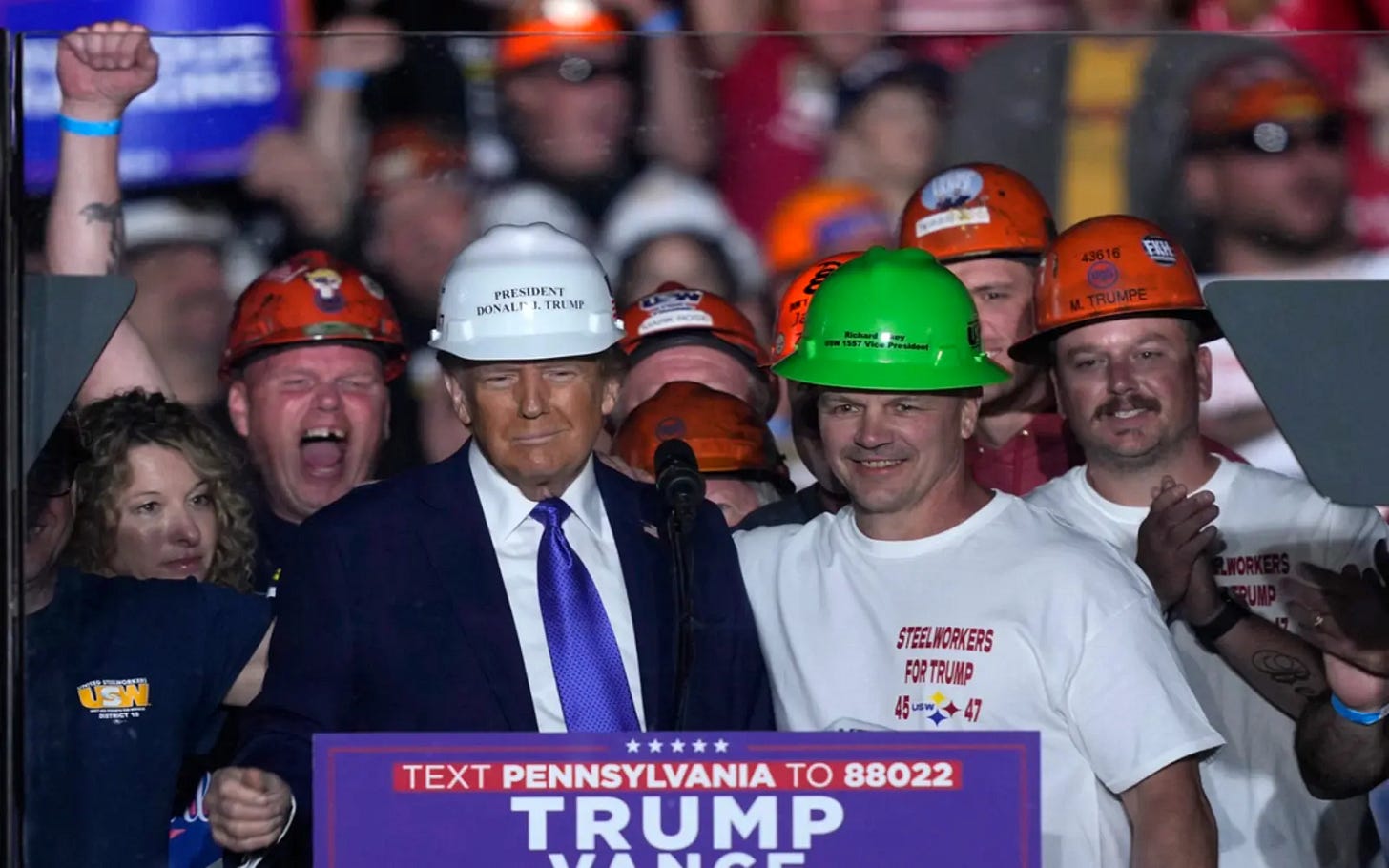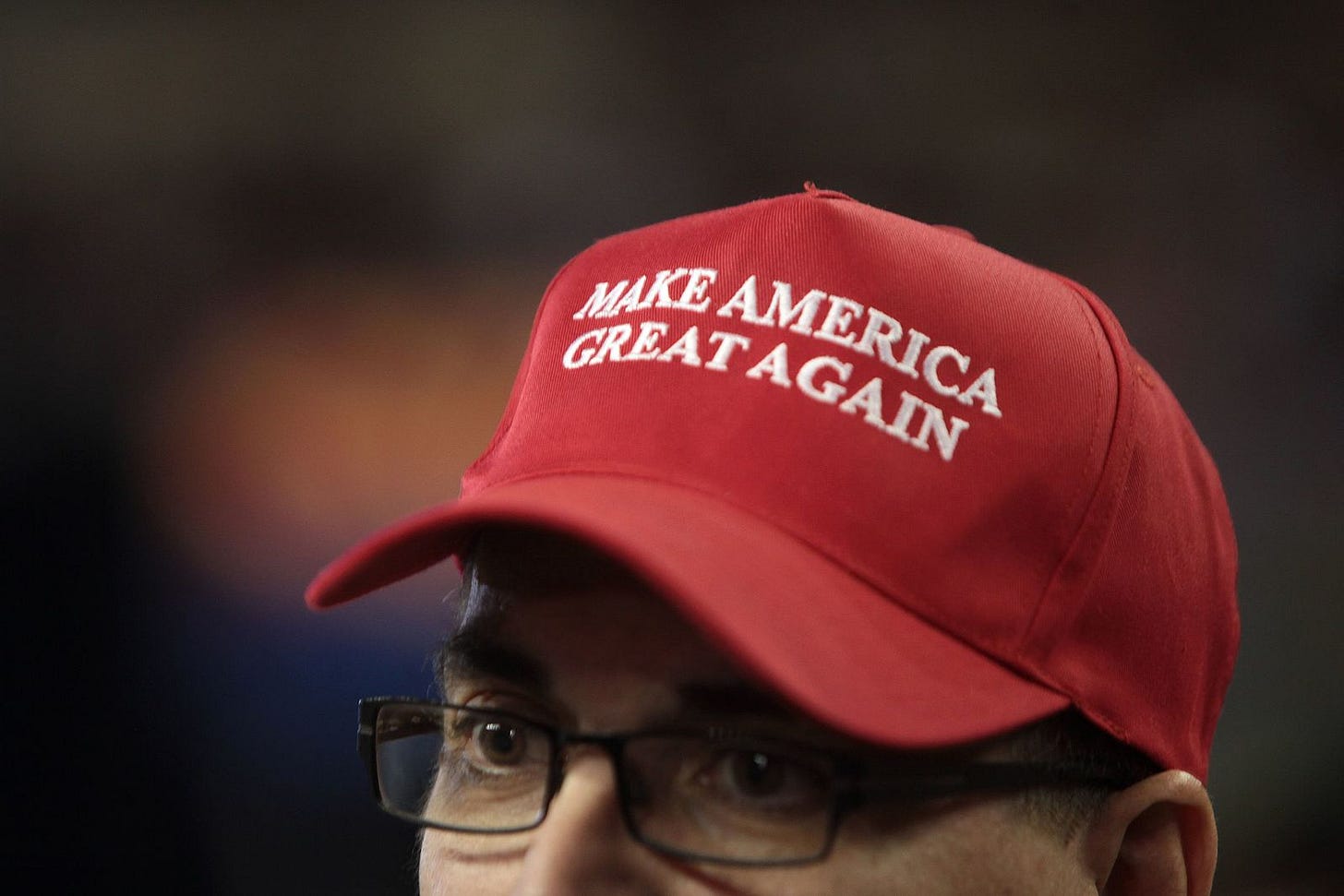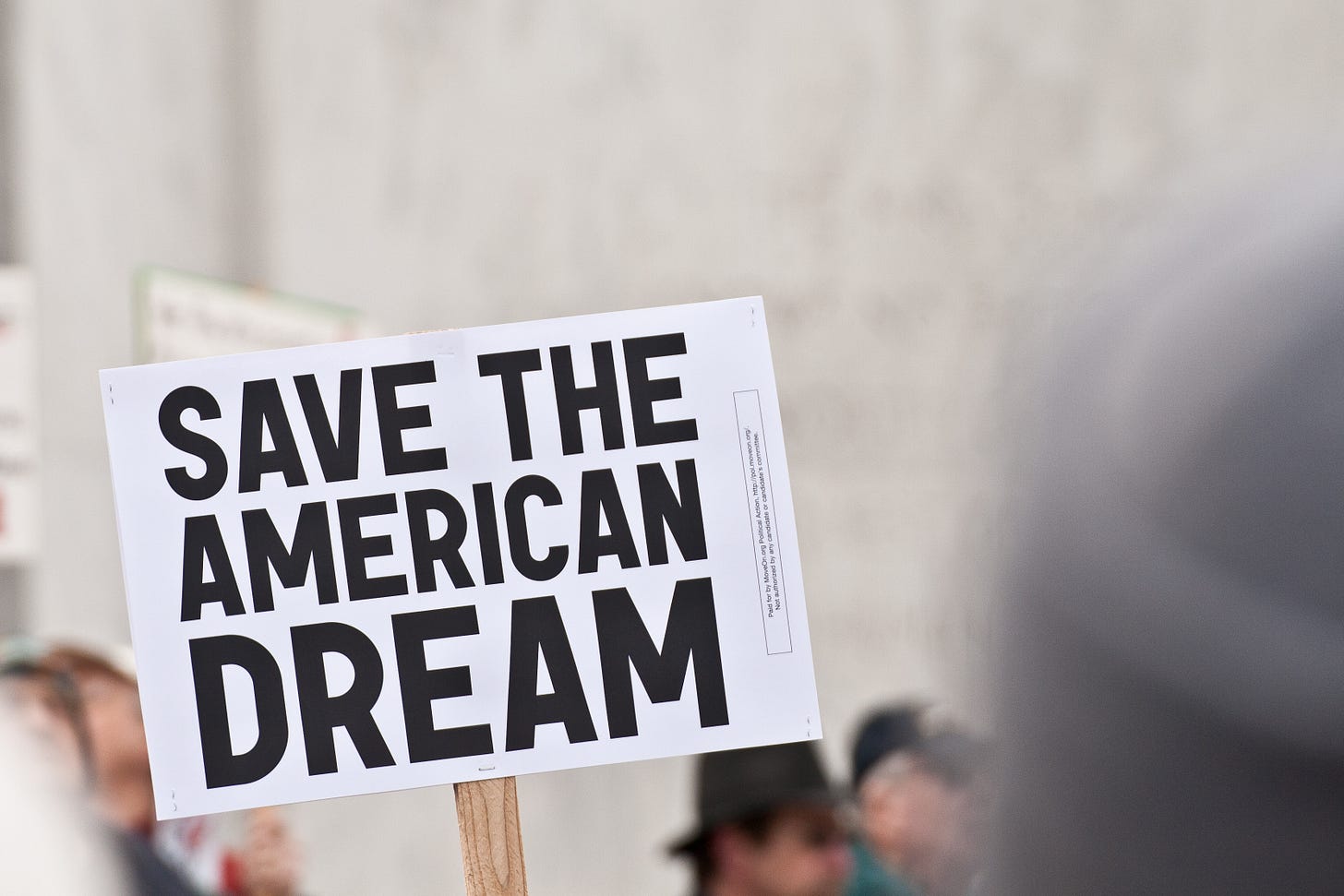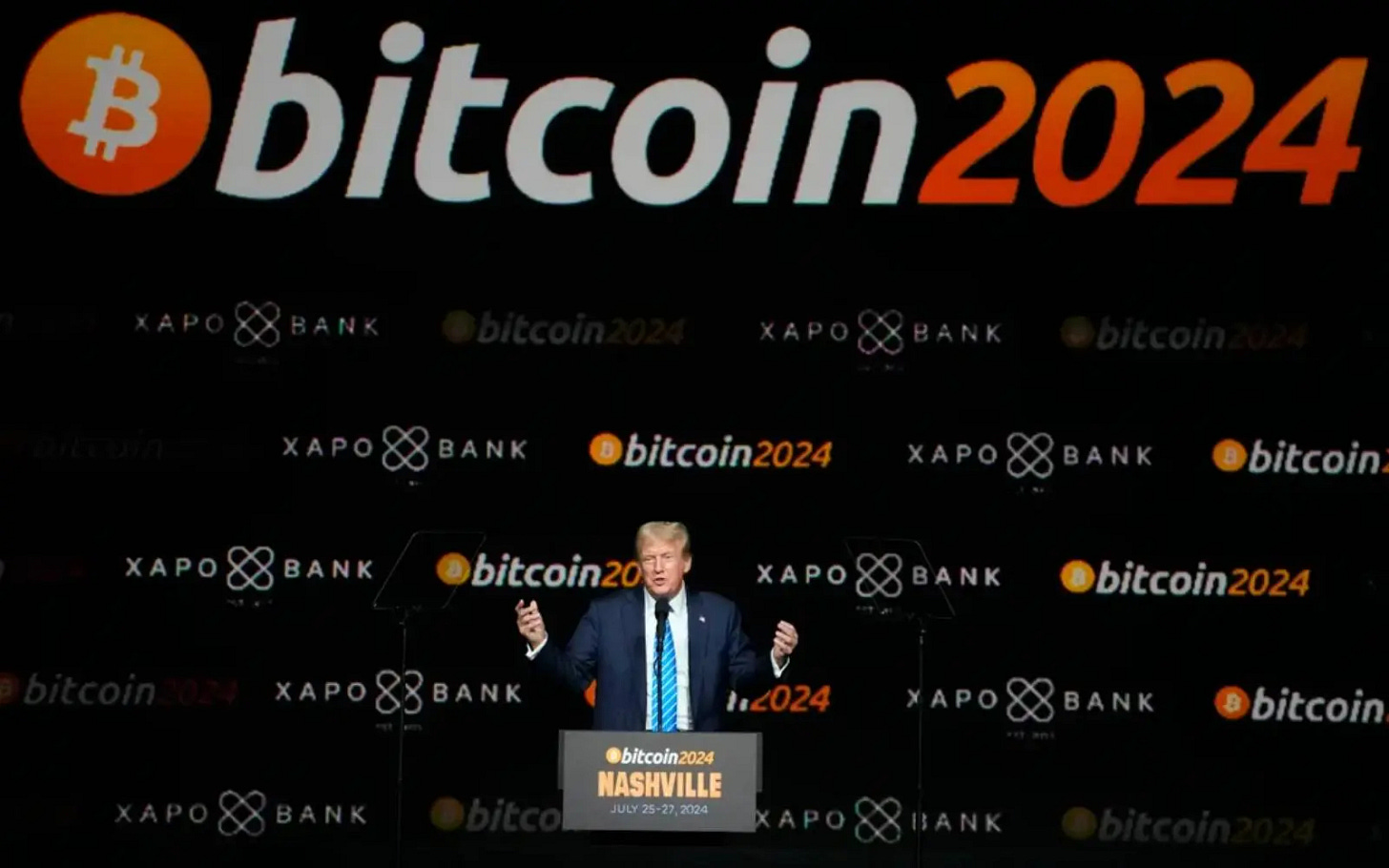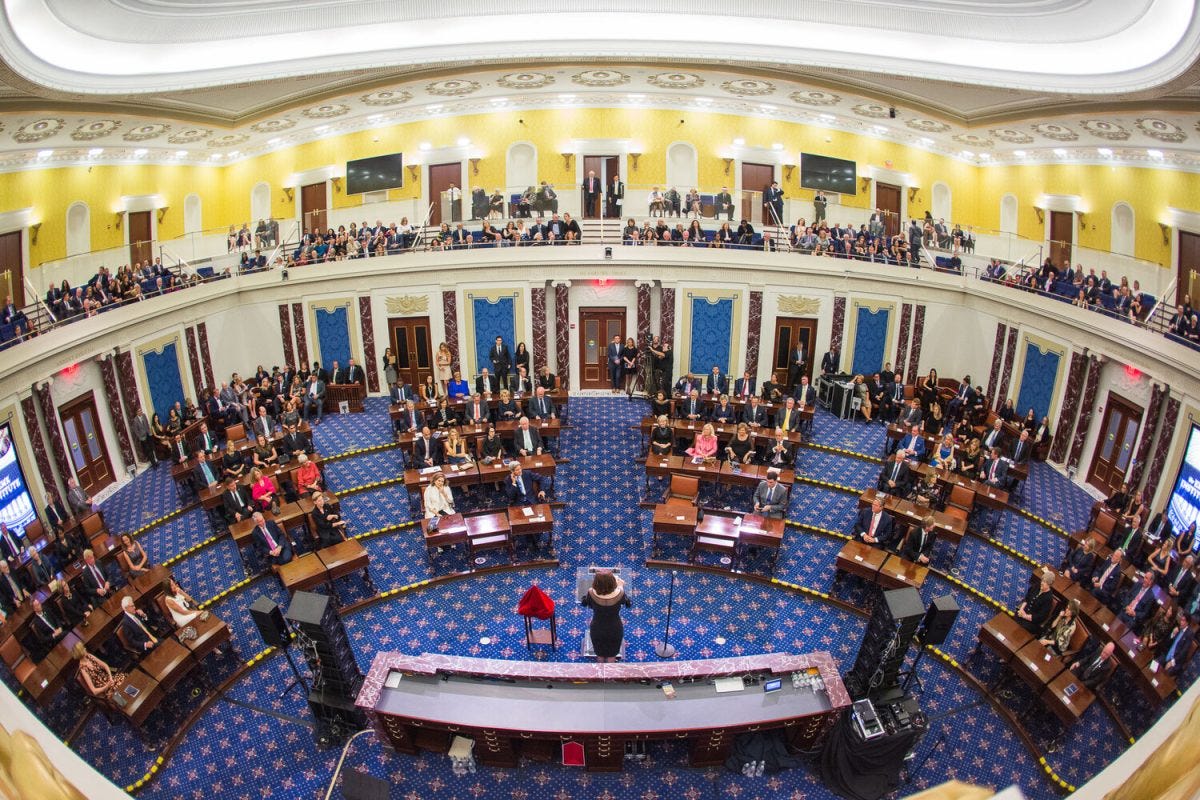Feeling Forgotten: Trump's Appeal to Disillusioned Working-Class Voters
How Trump Leveraged Economic Frustration and Cultural Shifts to Win Working-Class Support
Donald Trump's populist branding has struck a chord with many economically struggling, working-class Americans – including some who voted for Barack Obama in the past but later embraced Trump. These voters often feel abandoned by the Democratic Party, believing Democrats shifted attention away from blue-collar economic concerns. As Senator Bernie Sanders put it after 2024, "A Democratic Party which has abandoned working-class people [found] that the working class has abandoned them." Understanding why these voters see a billionaire like Trump as their champion requires examining psychological drivers and economic realities shaping their perspectives.
How Economic Frustration and Cultural Shifts Fueled Trump’s Working-Class Base
Many Obama-to-Trump voters saw Trump as a voice for the "forgotten" Americans. Psychologically, they were drawn to his outsider persona and blunt, anti-elite rhetoric. Economically, they were frustrated by years of stagnation and broken promises.
Many working-class Americans faced job losses, deindustrialization, or wage stagnation and felt previous leaders didn't deliver relief. Research shows that economic fatalism – a belief that the system no longer rewards hard work – strongly predicted Trump support. For example, white working-class voters who saw a college education as "a gamble" (not a reliable path to prosperity) were almost 2× more likely to back Trump, reflecting a loss of faith in traditional upward mobility. Paradoxically, those in dire financial straits were more likely to support Democrats (perhaps due to reliance on the social safety net). However, a much larger pool of economically anxious voters gravitated to Trump's message of restoring jobs and prosperity.
Beyond pure economics, Trump tapped into feelings of cultural displacement. Many working-class supporters – predominantly white voters without college degrees – felt "like a stranger in their land" amid rapid demographic and cultural changes. Trump's hardline stances on immigration, emphasis on patriotism, and attacks on political correctness resonated as he promised to protect "American" jobs and values. One study found that fears of cultural displacement and support for hardline immigration measures were among the strongest independent predictors of white working-class support for Trump. In other words, voters who felt their way of life was being eroded or ignored were drawn to Trump's nationalist "Make America Great Again" themes as a form of resistance.
Trump brilliantly positioned himself as the champion of the "little guy" despite his billionaire status. He railed against Washington insiders, Wall Street elites, and trade deals he said had betrayed American workers. This anti-establishment branding convinced many blue-collar voters that Trump was on their side against a "rigged" system. His wealth may have oddly helped his image – some felt that, as a wealthy outsider, he couldn't be bought and spoke truthfully. As one focus group of former Democrats noted, they see the current Democratic leadership as "phony" and "corrupt," focused on "far-left social crusades" while ignoring pocketbook issues like inflation. By contrast, they view Trump as straightforward and "for the people," someone who "tells it like it is" and isn't afraid to defy political norms. This belief is powerful even among those who acknowledge Trump's flaws; as one voter bluntly said about allegations of Trump's racism, "Whether he is or not, I don't care… I vote with my pocket." The sense that Trump "gets" their struggles – and that coastal elites and career politicians do not – has been central to his working-class appeal.
The Shifting Meaning of the 'American Dream'
Underpinning these attitudes profoundly shifts how many working-class Americans view the American Dream. Traditionally, the American Dream promised that if you work hard, you can get ahead. But in communities hit by factory closures, opioid crises, and declining real wages, that promise rings hollow. Fewer than half (46%) of white working-class Americans today believe the American Dream still holds true – almost the same number (48%) say "it once did, but not anymore." In contrast, most college-educated Americans still believe in the American Dream's promise, underscoring the class divide in optimism.
"The middle class can't survive in today's economy… You don't have a middle class anymore like you had in the '70s and '80s," lamented one working-class man, noting that opportunities for steady advancement have dwindled.
This widespread pessimism is also reflected in views of the nation's trajectory. Over 60% of white working-class adults say America's best days are behind us, whereas most college-educated adults believe the best days are still ahead. To voters who feel left behind, "Make America Great Again" was more than a slogan – it promised to restore a lost era of thriving blue-collar communities. Trump's vow to bring back manufacturing jobs, renegotiate trade deals, and revive forgotten towns spoke to their yearning to revive their American Dream.
Crucially, these voters don't necessarily expect handouts – they value hard work – but want a fair shot. When avenues for advancement (like affordable college or union manufacturing jobs) seem out of reach, they become receptive to someone who says he'll shake up the status quo. Trump's macho, can-do persona – a billionaire who "talks like a truck driver" – made it conceive
ble that he understood their aspirations. He often pointed to iconic American success stories (like booming factories of the past or his business empire) and implied he could reopen those pathways for ordinary folks. In their minds, Trump became the unlikely avatar of their hopes: if this brash businessman could "win" big, maybe he could help them win again, too.
Populist Finance: Crypto and the Search for Economic Autonomy

Feeling economically locked out of traditional avenues, many disillusioned Americans have also turned to alternative financial strategies – notably, cryptocurrencies – to seize opportunities that Wall Street has failed to provide them. Just as 19th-century populists rallied for "free silver" to loosen big banks' grip on currency, some modern populist-leaning investors see crypto as a way to bypass financial gatekeepers. Both the crypto movement and political populism share a belief that the economic system is a "rigged game" run by elites, and both promise to put power back into the hands of "ordinary people."
Who is investing in crypto? Data show that cryptocurrency adoption cuts across income and party lines, though with some telling patterns. Overall, about 17% of Americans have ever invested in or used cryptocurrency as of 2024 – a figure virtually unchanged since 2021. This adoption has been bipartisan: roughly 18% of Republicans (and GOP-leaning independents) and 17% of Democrats (and Dem-leaners) report dabbling in crypto, a statistically equal share. However, crypto participation does vary by income. Among upper-income households, 23% have tried crypto, compared to 18% of middle-income and only 14% of lower-income families. In other words, higher earners are somewhat more likely to invest in Bitcoin or other coins – perhaps because they have more disposable cash to speculate.
Yet, the story doesn't end with ownership rates. When we look at how and why people use crypto, a populist pattern emerges. A Federal Reserve survey found that a clear majority (60%) of Americans who use cryptocurrency for transactions (buying goods, sending money, etc.) have annual incomes under $50,000. Many users are "unbanked" or lack access to credit cards, suggesting they turned to crypto out of necessity or distrust of banks. By contrast, higher-income users treat crypto as an investment asset rather than an everyday financial tool. This indicates that lower-income and marginalized individuals leverage crypto as an alternative economic system – a digital parallel to keeping cash under the mattress or trading in community currencies when traditional banks seem unwelcoming or stacked against them.
For some Trump-supporting working-class folks, crypto's allure lies in its anti-establishment ethos. Bitcoin was born after the 2008 financial crisis, explicitly as a rebellion against bank bailouts and central bank policies. That origin story – "Chancellor on the brink of second bailout for banks" was famously encoded in Bitcoin's first block – resonates with people who feel Wall Street got rewarded while Main Street suffered. Influential figures in Trump's orbit have acknowledged this synergy; Trump strategist Steve Bannon even called cryptocurrency "disruptive populism" that takes control back from central authorities. During the pandemic, the GameStop meme-stock saga further exemplified this spirit: throngs of small investors (many communicating on Reddit) drove up GameStop's stock to squeeze hedge funds, an episode widely described as a populist revolt against Wall Street in the same vein as the MAGA movement.
Crypto adoption trends: Surveys in recent years indicate rising interest in crypto among those who feel shut out of traditional wealth-building. One 2025 poll found that U.S. cryptocurrency ownership had nearly doubled since 2021, reaching 28% of adults (around 65 million people) as crypto prices soared. Notably, 60% of Americans familiar with crypto believed its value would increase with Donald Trump returning to the White House, and nearly half felt a Trump presidency would boost mainstream crypto adoption. This suggests that a segment of Trump's base views his leadership as aligned with crypto's growth – perhaps expecting a pro-crypto stance or simply equating his anti-establishment economic agenda with favorable conditions for alternative assets.
Historically, American populist movements often promoted financial reforms or workarounds to empower the everyday person: 19th-century farmers demanded bimetallism ("free silver") to inflate currency and ease their debts. In contrast, others formed cooperatives and credit unions to bypass big banks. In that light, the modern embrace of cryptocurrencies, online trading communities, and other do-it-yourself finance tools by disillusioned voters can be seen as a contemporary echo of populist financial strategy. It's a mix of hope and protest: hope for a big break (striking it rich on Dogecoin, for instance) and protest against a financial system that favors insiders. Unfortunately, this also leaves people vulnerable to volatility and scams – an irony where those seeking a lifeline risk being exploited in unregulated markets. Still, the trend underscores how deeply the aspiration to achieve the "American Dream" by unconventional means has taken hold among those who feel locked out of traditional prosperity.
Bridging the Disconnect: Moving From Exploitation to Solutions
The challenge for America's political leaders is bridging the gaping disconnect between economically disillusioned voters and the parties that seek to represent them. Too often, these voters have heard platitudes and seen their frustrations exploited – whether by demagogues stoking anger or get-rich-quick schemes – rather than genuinely addressed. In the future, a few strategies could help rebuild trust and offer tangible improvements:
Policymakers must put working-class economic concerns front and center. This means real, visible investments in job creation, skills training, and local infrastructure in struggling regions – not just in urban hubs. It also means tackling the cost-of-living crises that hit these households hardest: housing affordability, healthcare costs, opioid addiction treatment, and inflation in everyday goods. When blue-collar voters say the middle class has "vanished," leaders should respond with policies to raise incomes and restore job security (e.g., incentivizing manufacturing in the Rust Belt, supporting unions or apprenticeships, and raising the minimum wage). Showing results on these fronts can rekindle faith that the government hasn't forgotten them.
Beyond policy, a cultural respect deficit needs mending. Many working-class Trump supporters feel looked down upon by coastal elites or dismissed as backward. Bridging this gap requires political figures to appear in these communities (town halls, union halls, rural counties) and listen without judgment. It also means tempering the "culture war" focus that can make people feel their values are under attack. As the Democratic group American Bridge found in post-election research, voters are turned off when they perceive a party cares more about "distracting" symbolic issues than "actual inflation and pricing." This doesn't mean abandoning principles but connecting them to everyday people's lives. For example, rather than merely discussing climate change in abstract terms, tie green jobs proposals directly to employment in former coal towns. Rather than slogans about "DEI" or "wokeness," speak to shared American values of fairness and hard work. Voters must feel respected and included in the national story, not lectured to.
To counter the seductive but divisive narrative of scapegoating immigrants or minorities for economic pain, leaders can channel populist energy in a more productive direction – by holding actual economic elites accountable. This was a hallmark of Franklin D. Roosevelt's approach during the Great Depression: he openly "welcomed [the] hatred" of monopolists and Wall Street speculators as he enacted New Deal reforms. A modern equivalent could include cracking down on corporate price-gouging and monopoly power, closing tax loopholes for billionaires, and championing the working person in battles against corporate offshoring or pension looting. As one commentator put it, "Democrats need to go after financial and corporate elites at least as much as Republicans go after cultural elites." By visibly siding with workers over CEOs – for instance, backing union drives at large companies or limiting private equity abuses – policymakers can show disaffected voters that someone is finally taking their side against the "rigged" system. This approach addresses root economic causes and provides a healthier outlet for populist anger: instead of blaming immigrants or each other, communities can unite to demand fairness from the powerful.
Part of what fuels disillusionment is the erosion of community institutions in blue-collar America. Jobs aren't just paychecks tied to pride and social cohesion. Policymakers should support initiatives revitalizing local economies and civic life – for example, partnering with community colleges, churches, or nonprofits in hard-hit towns to create job training programs, business incubators, or even public spaces and events. Empowering local leaders and giving communities a voice in development plans can reduce people's alienation toward distant "D.C. politicians." When people see improvements on their blocks – a new factory opening, a renovated community center, expanded broadband access – the narrative of abandonment starts to fade. It's about demonstrating that progress isn't only happening in Silicon Valley or New York but in Scranton and Youngstown and across the heartland.
Ultimately, bridging this divide requires honesty and delivery. Leaders must be frank that complex problems (like automation or global competition) don't have overnight fixes – but there is a path forward that doesn't involve pitting Americans against each other. Populist rhetoric tapped into genuine grievances; now, those grievances need real solutions. Building an inclusive economy, where working-class families once again feel they have a fair shot at the American Dream, is the surest way to defang the toxic anger and despair that have distorted our politics.
Rather than exploit pain, our political system must ameliorate it. That means treating these voters not as "deplorables" or marks for manipulation but as fellow citizens whose well-being is vital to the nation's health. Restoring their trust will take time, tangible results, and a willingness to stand up to entrenched interests on their behalf. But if successful, it could heal social divisions and renew faith that America's best days are still ahead – for everyone.

